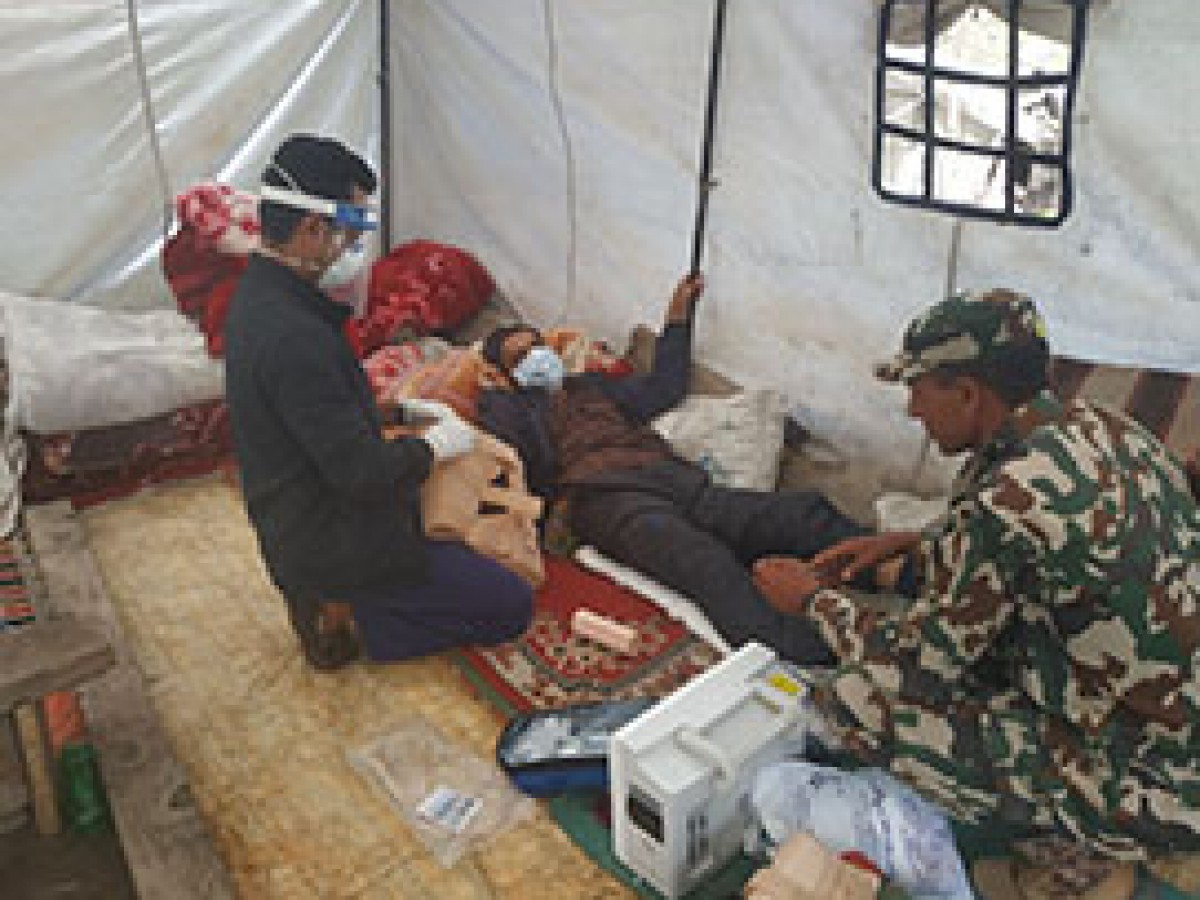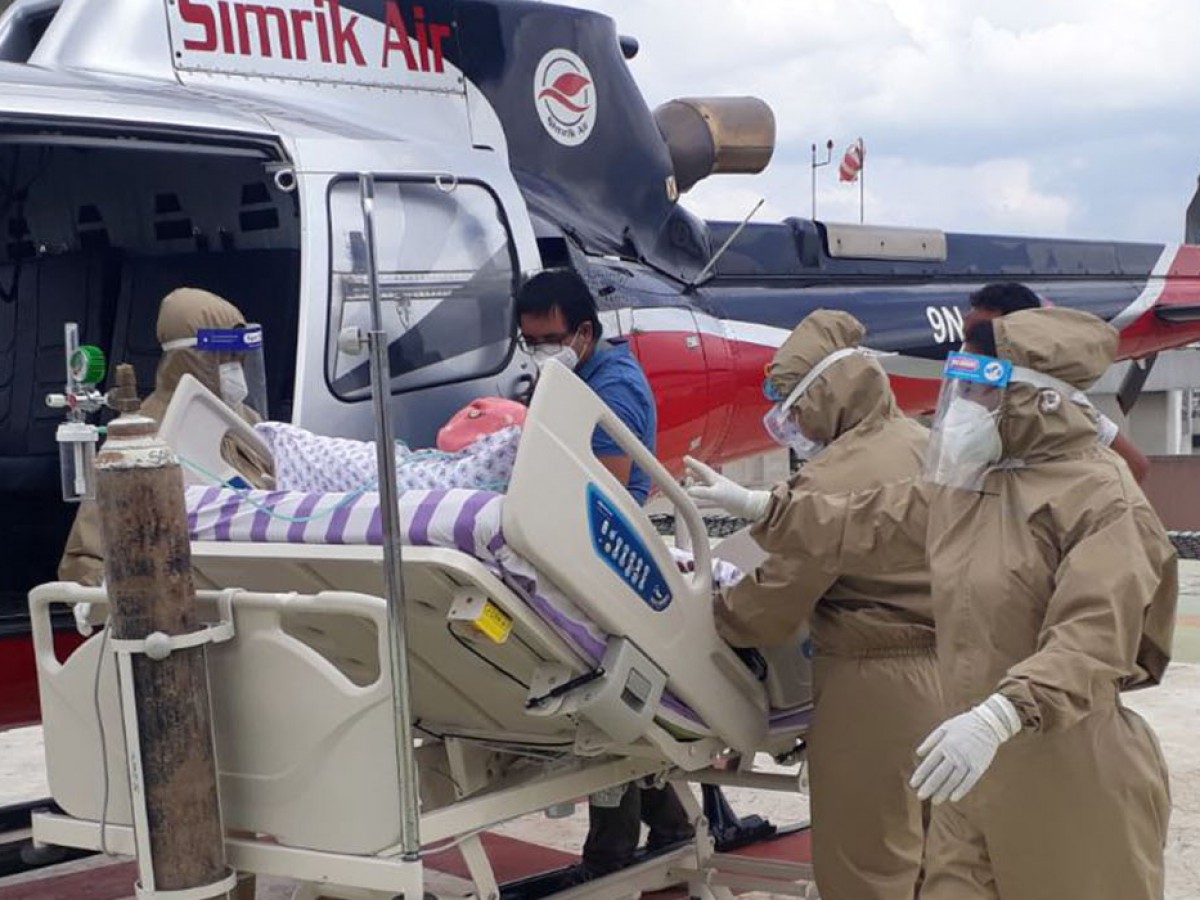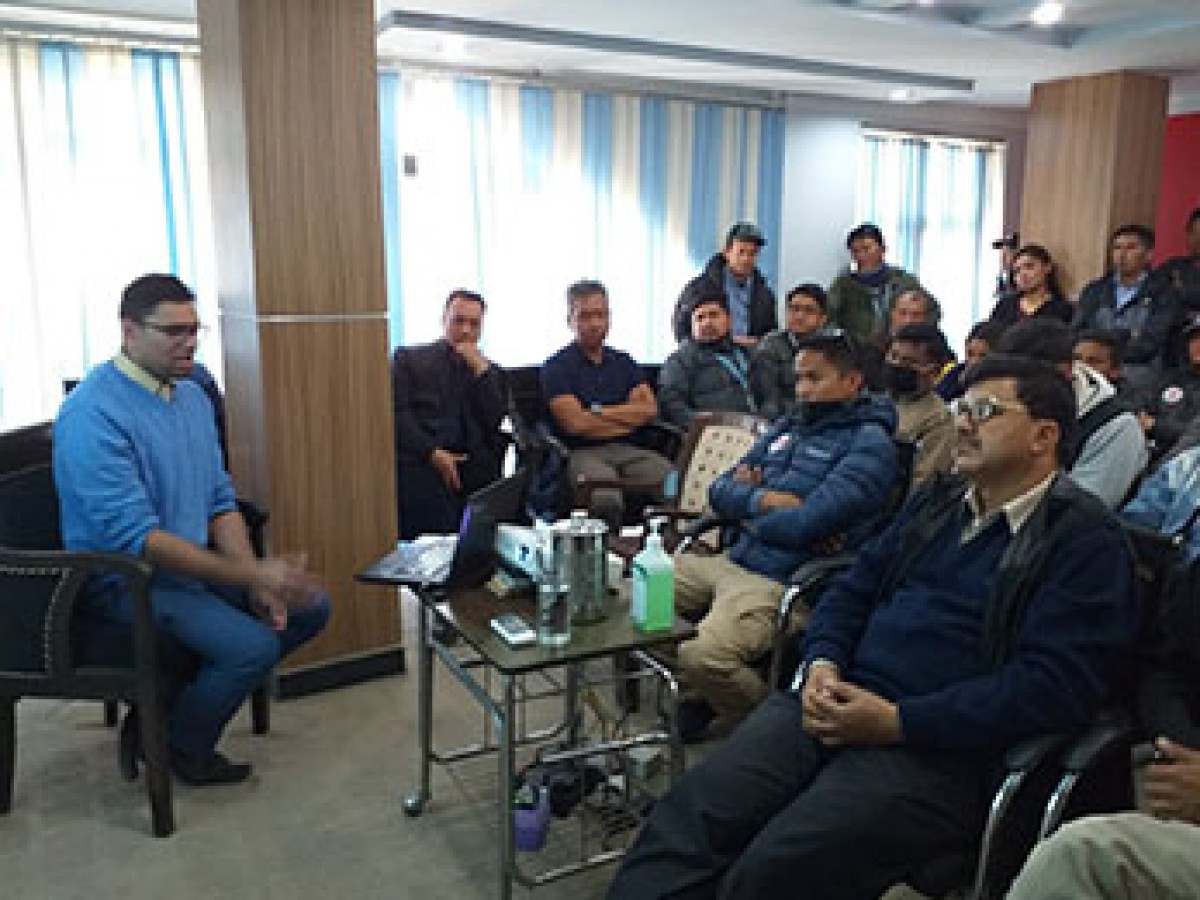- Our Hotlines
- +977 9801247970
- +977 9801247971
- +977 9801247972
Disaster Management

Disaster Management
Emergency medicine (EM) is optimally suited to lead the health care response in the hours following a disaster. By routinely providing the front line of hospital care for acutely ill and injured patients, regardless of the underlying characteristics of the pathology or the patient, emergency providers can adapt quickly to the changing conditions brought on by a mass casualty incident. In addition to having broad expertise in response to various types of emergencies, EM providers manage patient-volume surges routinely. Thus, when confronted with mass casualty incidents, they have less of a transition to make in their practice compared with any other specialist.
Accurate and timely information is critical for health early warning and effective emergency management. Health Information Technology (HIT) standards address the challenge of integrating information from disparate healthcare resources e.g. devices, people, systems to support not only the effective handling of emergencies, but also their analysis for long-term resource planning. In the management of emergencies, cooperative use of standards facilitates effective sharing of information among the parties involved in search and rescue, disaster assessment and public awareness. This paper discusses the cooperative use of interoperability standards from HL7, OASIS, and other SDOs to harness the power of Information and Communication Technologies (ICT) in emergency preparedness and response. The paper reports on the experience gained from the deployment of ICT in the SAFE civil protection exercise (satellites for health early warning) and interoperability considerations in technical solutions to be deployed in the POSEIDON exercise (earthquake followed by tsunami in the Mediterranean) still at the planning stage.
© Copyright 2025NMMF. All rights reserved.







